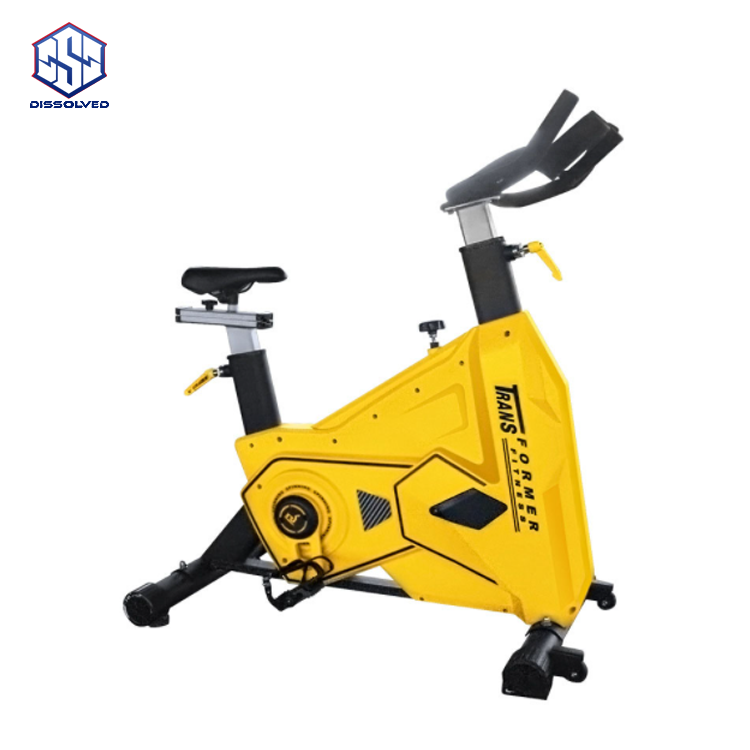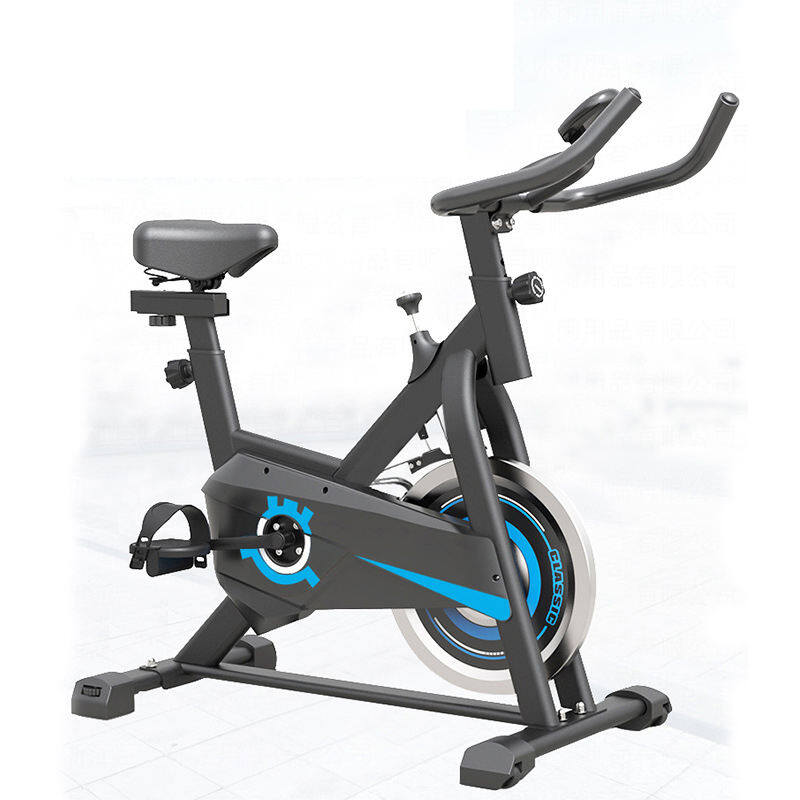Email format error
Email cannot be empty
Email already exists
6-20 characters(letters plus numbers only)
The password is inconsistent
Email format error
Email cannot be empty
Email does not exist
6-20 characters(letters plus numbers only)
The password is inconsistent


Are you eager to maximize your workout and get the most out of your spinning bike sessions? Whether you’re a beginner or a seasoned cyclist, using a spinning bike correctly is crucial for achieving your fitness goals and avoiding injury. In this comprehensive guide, we’ll walk you through everything you need to know to ensure you’re using your spinning bike effectively and safely.
Proper seat height is essential for a comfortable and efficient ride. Stand next to your bike and adjust the seat so that it aligns with your hip bone. When sitting on the bike, your legs should have a slight bend at the knees when the pedals are at the lowest point.
Handlebar height and distance are key to preventing strain on your back and shoulders. Adjust the handlebars to a height that feels comfortable and ensures you don’t have to hunch over. Typically, they should be level with or slightly higher than the seat, especially for beginners.
Secure your feet properly in the pedal straps to maintain control and power through your strokes. Make sure the straps are snug but not too tight, allowing for smooth and efficient pedaling.
To pedal effectively, focus on a smooth and consistent motion. Push down on the pedals with the balls of your feet and pull up on the return, creating a circular motion. This technique helps engage more muscles and enhances endurance.
Good posture prevents injury and improves efficiency. Keep your back straight, shoulders relaxed, and core engaged. Avoid hunching over the handlebars; instead, maintain a slight bend in your elbows and keep your head up.
Breathing correctly is vital during intense spinning sessions. Practice deep, rhythmic breathing to ensure adequate oxygen intake. Inhale through your nose and exhale through your mouth, synchronizing your breath with your pedal strokes.
Resistance levels simulate different cycling conditions, from flat roads to steep hills. Start with low resistance to warm up, then gradually increase it to challenge yourself. Use higher resistance for strength training and lower resistance for endurance and speed.
Cadence refers to your pedaling speed, measured in revolutions per minute (RPM). Aim for a cadence between 60-80 RPM for strength training and 80-100 RPM for endurance and cardiovascular workouts. Many spinning bikes have built-in monitors to help track your cadence.
Interval training involves alternating between high-intensity and low-intensity efforts. For example, pedal at high resistance and high speed for 30 seconds, then recover at a lower resistance and speed for 1-2 minutes. This method boosts cardiovascular fitness and burns more calories.
Simulate hill climbing by increasing the resistance and maintaining a slower, steady cadence. Focus on using your glutes and hamstrings to push through the pedals. This workout builds leg strength and mimics outdoor cycling conditions.
For endurance training, maintain a steady, moderate resistance and a consistent cadence for a longer duration, typically 45 minutes to an hour. This helps improve stamina and cardiovascular health.
Hydration is crucial during any workout. Keep a water bottle within reach and take small sips regularly to stay hydrated, especially during longer sessions.
Wear moisture-wicking clothing and comfortable, supportive cycling shoes. Padded cycling shorts can reduce discomfort during long rides, and gloves can prevent blisters and improve grip on the handlebars.
Pay attention to your body’s signals. If you experience pain or discomfort, stop and reassess your form and settings. It’s important to differentiate between the normal strain of a workout and potential injury signals.
After your workout, spend a few minutes cooling down by pedaling at a low resistance and slow pace. This helps reduce muscle soreness and gradually lowers your heart rate.
Stretch your major muscle groups, focusing on your legs, back, and shoulders. Hold each stretch for at least 20-30 seconds to improve flexibility and prevent stiffness.
Rehydrate with water or an electrolyte drink and consume a balanced snack or meal within an hour of your workout. This aids in muscle recovery and replenishes energy stores.
While increasing resistance is beneficial, avoid setting it too high, which can lead to joint strain and improper form. Gradually increase resistance to build strength safely.
Maintaining proper form is crucial. Avoid slouching, overreaching, or locking your joints. Regularly check and adjust your posture to ensure you’re exercising efficiently and safely.
Never skip your warm-up or cool-down. These steps prepare your muscles for the workout and aid in recovery, reducing the risk of injury.
Using a spinning bike correctly involves more than just hopping on and pedaling. By setting up your bike properly, mastering basic techniques, and incorporating a variety of workouts, you can maximize the benefits of your spinning sessions. Always prioritize safety, listen to your body, and ensure proper recovery to maintain a sustainable and effective fitness routine. With these tips, you’re well on your way to achieving your fitness goals and enjoying the many benefits of spinning.
For optimal results, aim to use your spinning bike 3-4 times per week, incorporating a mix of interval training, endurance rides, and hill climbing.
Yes, spinning is an effective way to burn calories and lose weight when combined with a balanced diet and regular exercise routine.
Consume a light meal or snack rich in carbohydrates and protein about 1-2 hours before your workout to fuel your session.
Wear padded cycling shorts and gradually increase the duration of your rides to allow your body to adapt. Ensure your seat is properly adjusted for comfort.
While it’s not mandatory, having a professional set up your spinning bike can ensure optimal comfort and efficiency, especially if you’re new to spinning.